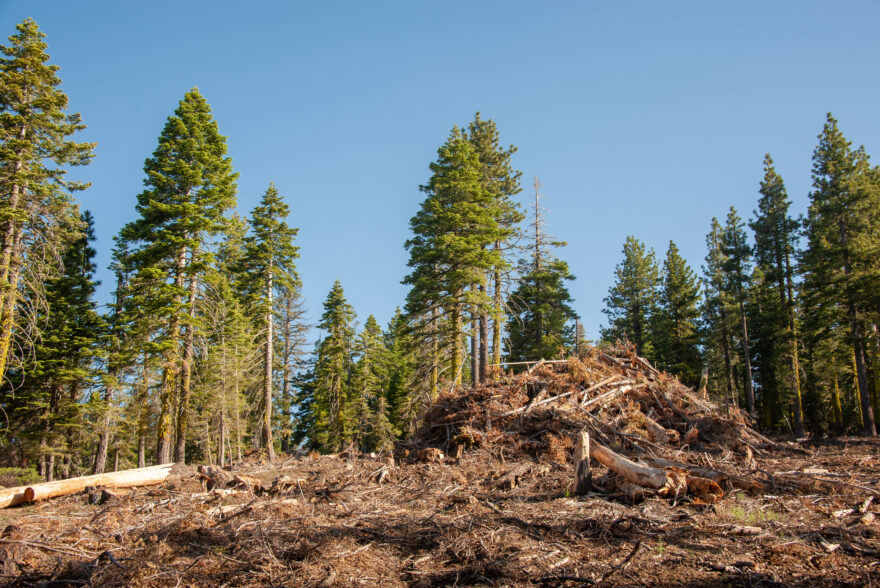Financial analysis of innovative wood products and carbon finance to support forest restoration in California


Traditional funding strategies of grants, congressional appropriations, and income from timber sales are insufficient to complete the level of forest restoration necessary throughout California.
Stimulating investment into markets for low-value biomass—such as tops and branches of trees, small trees, and dead trees—will add value to forest raw materials and provide additional revenue streams to pay for forest restoration. We evaluate the investment potential of products made from low-value biomass using a discounted cash-flow analysis of several possible forest products including fuels and nonfuels under various climate policy and market scenarios. We demonstrate the carbon benefits provided by these products, attributed to their substitution for fossil-fuel feedstocks and long-term carbon storage. Our work finds that there is an opportunity to develop several highly profitable products, most notably fuels, many of which are eligible for energy and climate policy programs such as California’s Low Carbon Fuel Standard and the federal Renewable Fuel Standard. Nonfuel products have an average internal rate of return (IRR) of 13 percent, whereas fuels have an average IRR of 19 percent in our baseline scenario. Although products ineligible for government incentives are generally less profitable, income from the voluntary carbon market greatly increases the IRR. Fostering investment into these products can encourage critically needed funding for forest management while developing a high-impact carbon removal solution enabled by state, federal, and voluntary climate initiatives. On this basis, we conclude that climate policy can support forest restoration in California.
By taking an investor focused approach, this paper catalyzed the creation of Blue Forest’s California Wildfire Innovation Fund which is a first-of-its kind climate solution strategy that seeks to generate competitive financial returns while reducing fire risk for property owners, communities, infrastructure, and ecosystems.
Funding Sources
- CAL FIRE Forest Health Research Program
- Doris Duke Charitable Foundation
Publication: Forest Products Journal
Authors: Micah Elias, John Dees, Bodie Cabiyo, Phil Saksa, and Daniel L. Sanchez
Read the 2-page brief here.